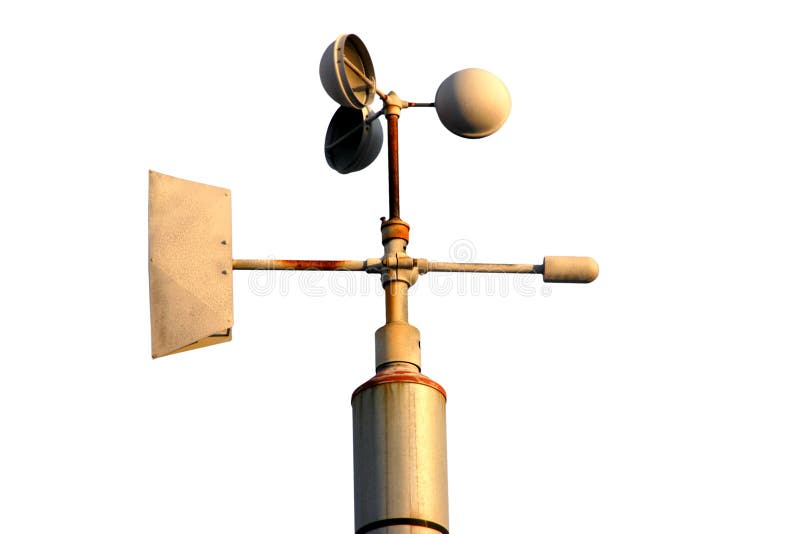

Always protect yourself and your equipment!

Lightning is unpredictable and dangerous. Lightning rods protect sensors from direct lightning hits, but the radiated energy may still render sensor electronics useless. It is important to use proper lightning protection in all outdoor electronics and to maximize the distance of equipment from potential lightning impact points. The energy radiated from lightning can damage sensors many yards (meters) away. At which point, they become the path of least resistance for lightning. They only attract lightning in strong winds where the ions created by their sharp tips are blown downwind quicker than they can neutralize the charge around them. That is how they protect buildings, equipment, and infrastructure. In fact and despite popular belief, lightning rods neutralize electrical fields that contribute to lightning. Lightning rods protect equipment beneath and downwind of them.Īs a rule, lightning rods protect sensors from direct lightning strikes if sensors are placed beneath and downwind of them. Place a lightning rods around and above meteorological equipment and anemometers. Ideally, an anemometer or weather station will be placed at minimum 2X higher than nearby vegetation. It will also make sure that the wind shadow will only affect measurement from a very narrow wind direction band. It is essential to give wind enough distance to speed up to its regular speed after it encounters a tree. Many times trees are tall, and placing anemometers above them is not practical. Trees cause wind shadows, though not as strong as houses do. Wind can flow through trees, but they slow it down. Dense trees require more distance, just like hard objects in the previous point. Place anemometers at least 3 heights away from the closest tree. Measurements will be very chaotic, inconsistent, and for the large part, useless unless turbulence measurement was the intended purpose. If you mount an anemometer too close to an obstacle you will measure turbulence and not real quantifiable wind speed and wind direction. A wind shadow of bad turbulent air is created behind objects, and wind speed and wind direction are distorted in front of them. They heavily distort it since it must flow around them. Wind cannot flow through hard objects like houses. Place anemometers at least 2x the height of any large hard object within a 50 meter (50 yard) radius. Why? (The reasons behind each sensor placement rule.) Instrument / Sensor / Atmospheric Property SIMPLE AND QUICK WEATHER STATION PLACEMENT GUIDE(Practical rules for weather station placement)


 0 kommentar(er)
0 kommentar(er)
